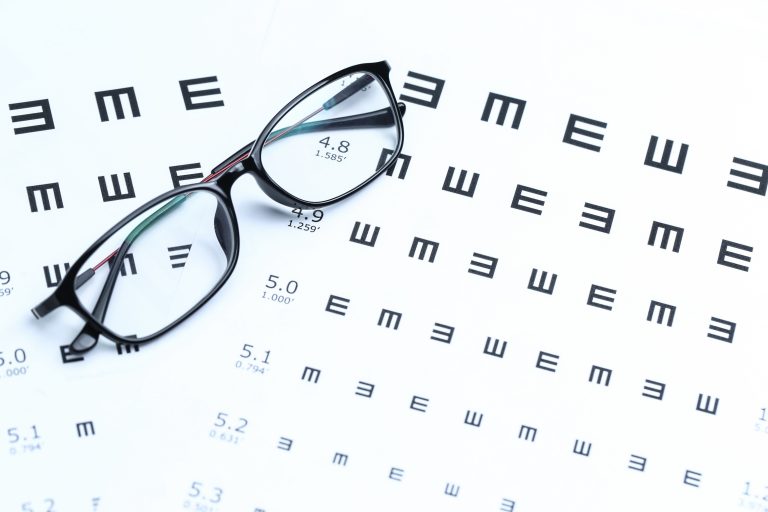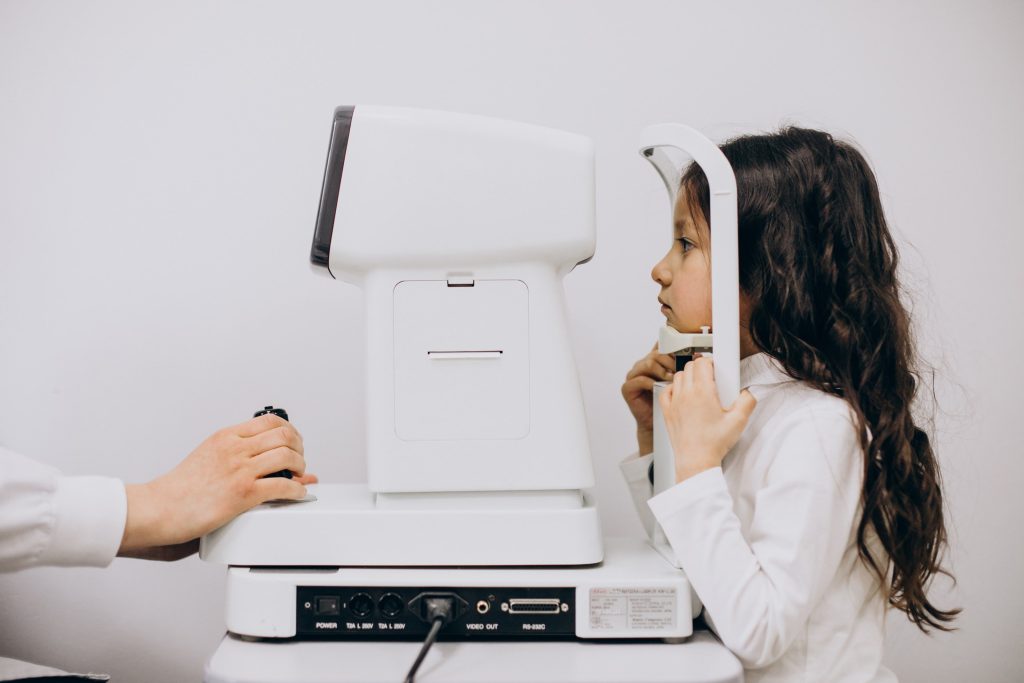What is Myopia?

What is Myopia?
Myopia, often known as nearsightedness, is a common eye problem that affects millions of people worldwide. It happens when the eye is too long or the cornea (the clear front section of the eye) is overly curved, causing light to focus on the retina (the light-sensitive layer at the back of the eye) wrongly. This causes blurry vision when gazing at far objects, but clear vision when looking at objects close-up.
Causes of Myopia
The most common cause of myopia is the structural problem within the eye as spoken about above. However, myopia can also be caused by a mix of hereditary and environmental factors.
Myopia development is heavily influenced by genetics as well, as the condition often run in families. According to research, children who have one or both parents who are myopic are more likely to have the condition.
Also, environmental variables can increase the likelihood of developing myopia or speed up its progression. Among these are:
- Doing close-up work, such as reading or using of the computer for a long period of time
- A lack of natural sunlight and outdoor activities
- Initiating near work at an early age (e.g. starting school at a young age)

Symptoms of Myopia
Myopia symptoms include:
- difficulties in seeing far objects such as street signs or movie screens
- squinting to improve vision
- experiencing eye strain or headaches when attempting to focus on distant objects.
Myopia can also increase the risk of developing certain eye diseases such as cataracts, glaucoma, and retinal detachment.
It’s also important to keep in mind that myopia can be progressive, meaning it might worsen with time. There are, however, measures to reduce the onset of myopia. Read on the learn more.
Diagnosis and Treatment for Myopia
Diagnosis
A full eye exam, which includes a visual acuity test (the “eye chart” test) and a refraction test (to determine the eye’s capacity to bend light), is commonly used to diagnose myopia. Alternatively, measuring of the length of the eye or the cornea’s curvature can also be used to diagnose myopia.
Treatment
Treatment for myopia is often done with corrective lenses, such as glasses or contact lenses, to refocus light on the retina. Refractive surgery, like as LASIK, may be advised in some circumstances to reshape the cornea and correct vision.

Can Myopia be prevented?
Myopia can be difficult to prevent as it is often inherited. While it may not be possible to completely prevent myopia, there are steps that can be taken to reduce the risk or slow down its progression. These include:
- Spend more time outside and participate in outdoor activities
- Limiting the amount of time spent doing close-up work, for example, by taking frequent pauses and focusing on faraway objects
- Promoting a healthy, balanced lifestyle that includes a nutritious diet and regular exercise.
It’s also important to keep in mind that early detection and treatment of myopia can help to reduce its progression. Regular eye exams, particularly during infancy and adolescence, are therefore critical for diagnosing and managing myopia.
When should I see a doctor for Myopia?
If you notice a change in your vision, experience trouble with activities like driving, or find that the quality of your eyesight affects your daily activities, book a consultation with your eye care specialist to have your eye sight checked.
For children, should they display any signs of visual issues or if their teacher reports any potential issues with their sight, schedule an appointment with their eye care specialist as early as possible.
People with myopia also have a higher risk of retinal detachment, where the retina detaches from the rear (back) of the eye. Below are signs of retinal detachment occurring and should you experience any of them, seek medical attention immediately:
- The sudden presence of a large number of floaters – tiny specks or lines that appear to drift across your field of vision
- Light flashes in one or both eyes
- A grey curtain-like shadow that covers all or part of your field of vision
- A shadow in your peripheral vision (outer or side vision)



